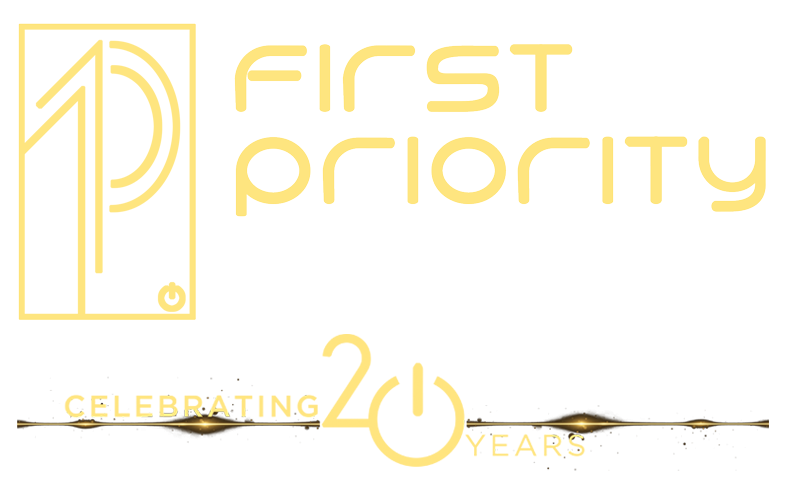What Kind of Screen Should I Use in My Home Movie Theater?
Weighing the Pros and Cons of Projector Screens and TV Displays
Home theaters come in all shapes and sizes, but a screen is at the forefront of them all. Some folks use a projector and movie screen setup, while others opt for a large TV or even microLED panels. But which method is best?
Screen choice is ultimately up to personal preference, but each approach has advantages and disadvantages. Read on to see the pros and cons of each home movie theater display and find the best choice for your Fort Lauderdale, FL system.
SEE ALSO: Tips to Craft the Perfect Home Movie Theater
Long-Throw Projector & Screen
Pros:
Most people are familiar with long-throw projectors hung from the ceiling or mounted at the back of the room, projecting onto a fixed or motorized screen. These projectors feel “classic” to home theaters and are a popular pick for the traditional installation. Long-throw projectors also have the greatest ratio throw, meaning they can create wider images than short-throw models.
Cons:
When you use a standard projector with a screen, your family and guests may occasionally cast shadows on the image as they stand up and move about the room. You’ll also need to mount the projector to the ceiling or invest in an in-ceiling lift if you want to hide the projector.
Projector systems are also known to produce less bright and clear images than a 4K TV would. If there is any ambient light in your theater room, we recommend using blackout shades and an ambient light rejection (ALR) screen to avoid faded, washed-out results.
Short-Throw Projector & Screen
Pros:
How can a projector that’s only a foot or two away from the wall create such a large screen? It’s almost like magic! Short-throw projectors can be placed on a table or cabinet against the wall and still project an image that’s several feet wide. An ultra-short throw projector can cast an image 5 feet wide at only 1.4 feet away from the wall. This is the perfect solution for smaller theaters, and you won’t cast shadows on the film during showtime.
Cons:
Short-throw projector images can get quite huge, but still not as large as a standard long-throw model. Short-throw projectors also require extra processing power. Why? It converts rectangular video images into a trapezoid that then projects into a rectangle at an angle. This additional processing can make the projector grow hot, prompting the fan to turn on and make noise.
Large LED or OLED Display
Pros:
As flat as they are today, TV screens have had the unfair advantage of not being as large as a projector/screen setup. But new models by brands like Sony are now as large as 100 inches wide. Some projector systems will still be larger than that, but that’s pretty vast for the superior visuals LED and OLED provides. A 4K TV will be brighter, have a higher contrast ratio, and richer colors than a projector.
Cons:
Even though Sony’s 100-inch TV is jaw-droppingly impressive, you can still achieve a larger screen with a projector. MicroLED panels can fill an entire wall, but that’s a costly alternative.
The Verdict?
If you want the largest viewing possible in your home theater, go for the projector. But if the visual quality is the most important factor for you, consider a 4K OLED screen instead. This isn’t to say that no projectors offer quality images. Laser-based models are brighter and clearer than any projectors we’ve seen before. Whichever you choose, there are ways to optimize the size and visuals in your theater.
Are you ready to upgrade your home entertainment? Looking for a professional home movie theater installation? Contact First Priority Audio here or chat with a member of our team below to get started on your project!



